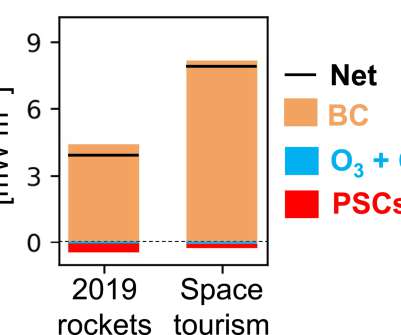Study: surface ozone in India in 2005 damaged 6M tonnes of crops, enough to feed 94M people in poverty
Green Car Congress
SEPTEMBER 4, 2014
Smog in India. Ozone, the main component of smog, is a plant-damaging pollutant formed by emissions from vehicles, cooking stoves and other sources. New research shows that ozone pollution damaged millions of tons of wheat, rice, soybean and cotton crops in India in 2005. Credit: Mark Danielson/Flickr.























Let's personalize your content